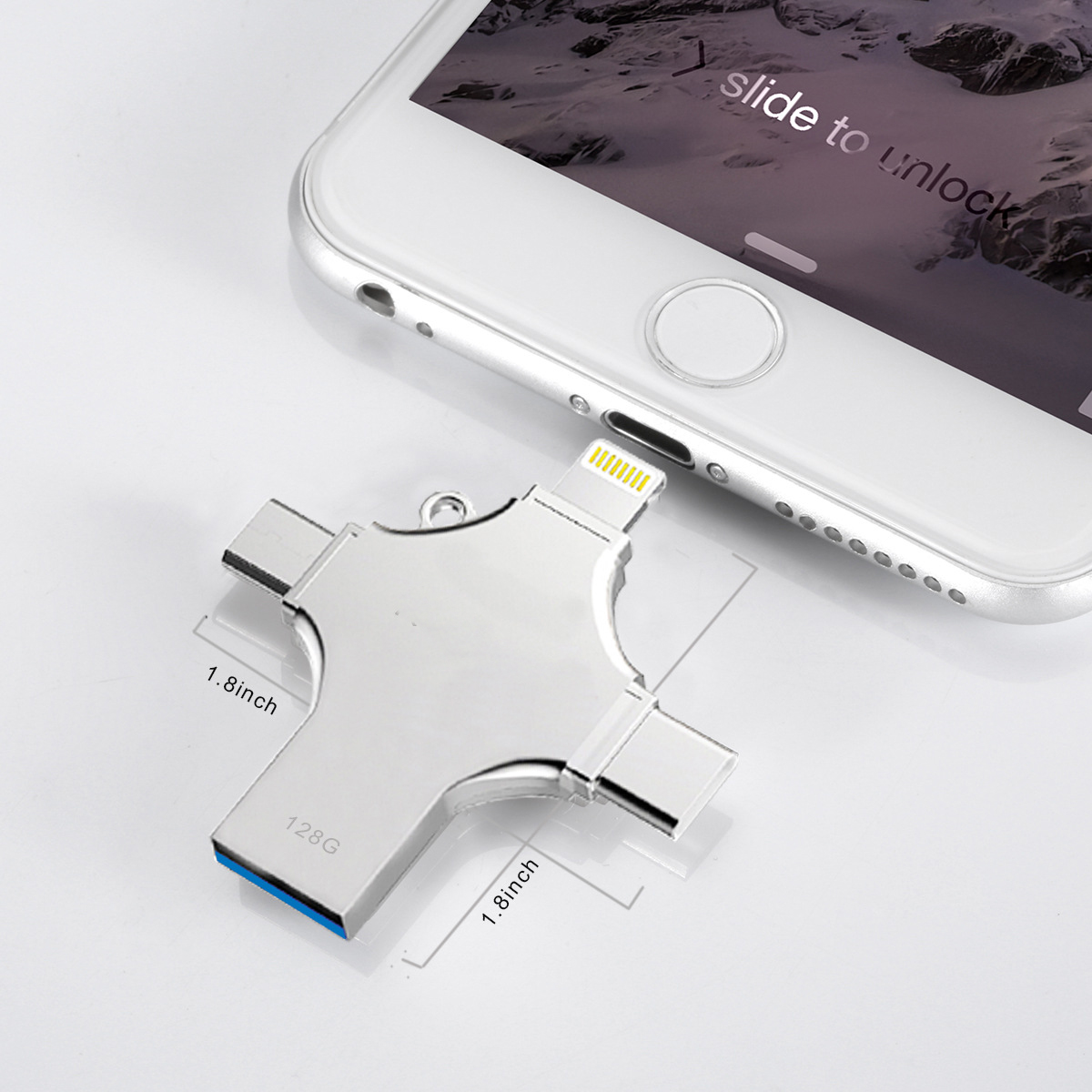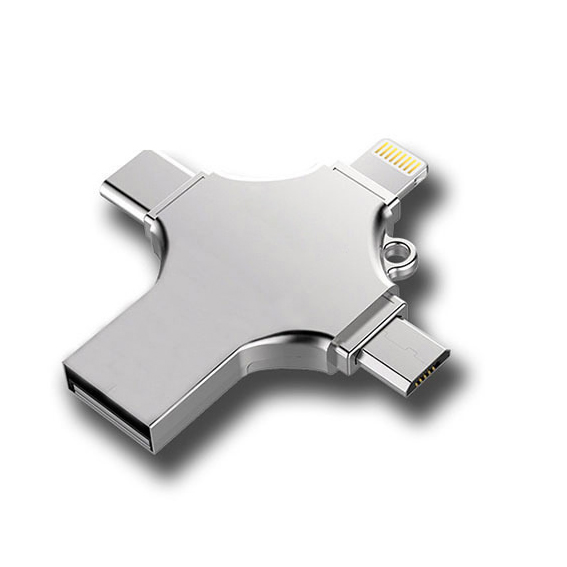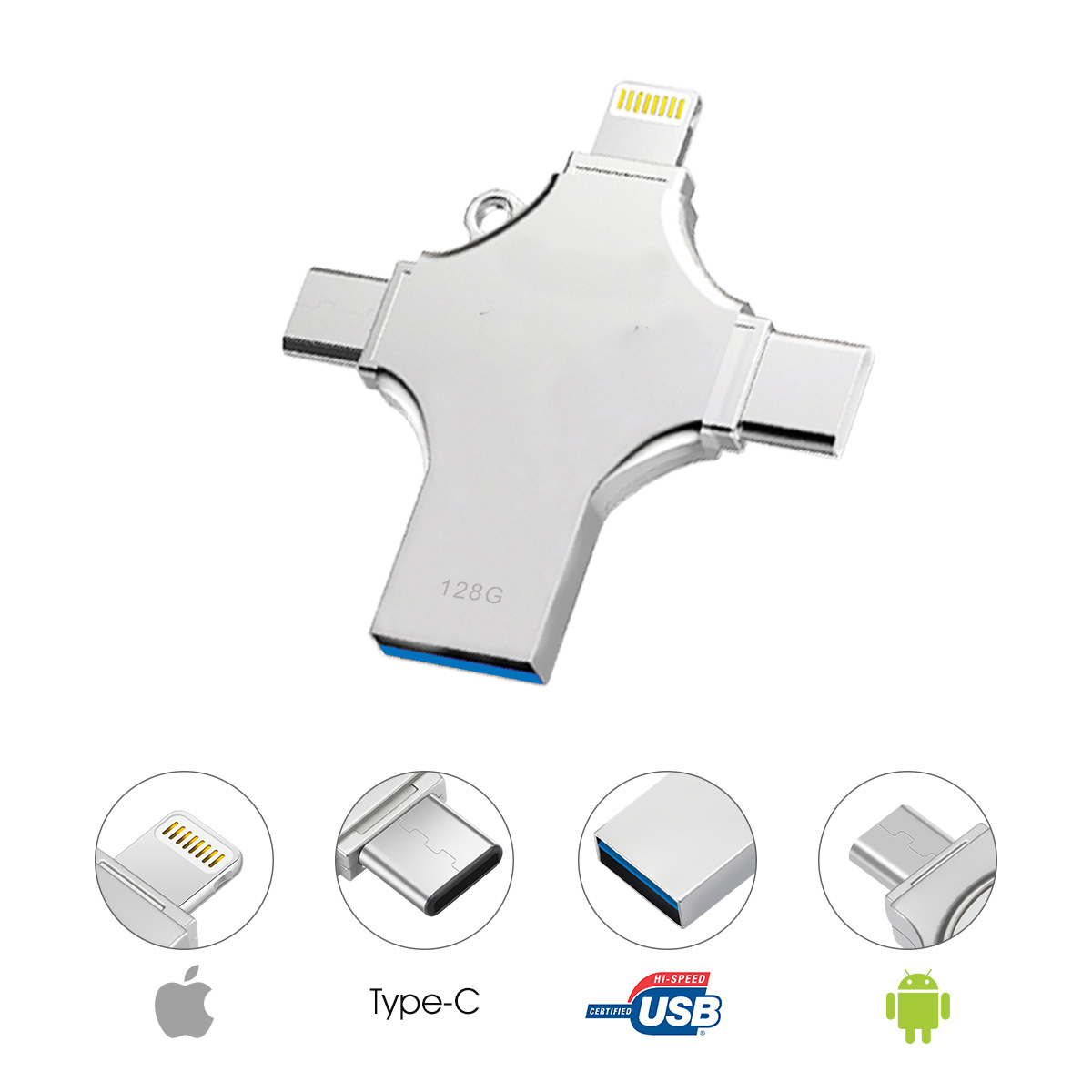Unlocking the Versatility: Common Uses of USB Flash Drives

USB flash drives, also known as thumb drives or memory sticks, have become indispensable tools in the digital age. These portable storage devices offer a multitude of uses beyond mere file storage. In this blog post, we'll explore the common uses of USB flash drives and how they have transformed the way we store, transfer, and access data.

Portable Data Storage:
USB flash drives are primarily used for storing data files such as documents, photos, videos, and music. They provide a convenient and portable solution for carrying important files with you wherever you go.
Data Backup:
USB flash drives serve as handy backup devices for safeguarding important files against data loss. Users can easily create backups of critical documents, presentations, and other files, providing an additional layer of protection in case of system failures or emergencies.
File Transfer and Sharing:
USB flash drives facilitate the quick and effortless transfer of files between devices. Whether it's sharing photos with friends, transferring documents between workstations, or distributing software updates, USB flash drives streamline the process of file sharing.
Operating System Installation:
USB flash drives are commonly used for installing or reinstalling operating systems on computers. They serve as bootable media for running operating system installation programs, making it easy to perform system upgrades or recoveries.
Portable Applications:
USB flash drives can host portable applications that run directly from the drive without the need for installation on a computer. This allows users to carry their favorite software applications, utilities, and tools with them and use them on any compatible computer.
System Troubleshooting and Recovery:
USB flash drives are invaluable tools for system troubleshooting and recovery. They can be used to store diagnostic tools, recovery software, and system backup images, enabling users to troubleshoot and repair system issues efficiently.

Digital Media Storage for Media Players:
USB flash drives serve as storage devices for digital media files in media players, smart TVs, car stereos, and other multimedia devices. Users can store and playback their favorite music, videos, and photos directly from the USB flash drive.
Password Management:
USB flash drives can be used to store encrypted password databases and security keys for password management applications. This enhances security by keeping sensitive login information offline and accessible only when needed.
Secure Data Transport:
USB flash drives are often used for transporting sensitive data securely. Encrypted USB flash drives offer additional security features such as password protection and hardware encryption, ensuring that data remains safe during transit.
Educational and Training Materials:
USB flash drives are utilized for distributing educational and training materials such as e-books, presentations, videos, and interactive tutorials. They provide a convenient platform for delivering learning content to students, employees, and trainees.
Conclusion:
From data storage and backup to file transfer and system recovery, USB flash drives have become indispensable tools for modern-day computing. Their versatility and portability make them ideal for a wide range of applications, from personal use to professional and educational settings. By harnessing the power of USB flash drives, users can streamline workflows, enhance productivity, and ensure the security and accessibility of their data.




